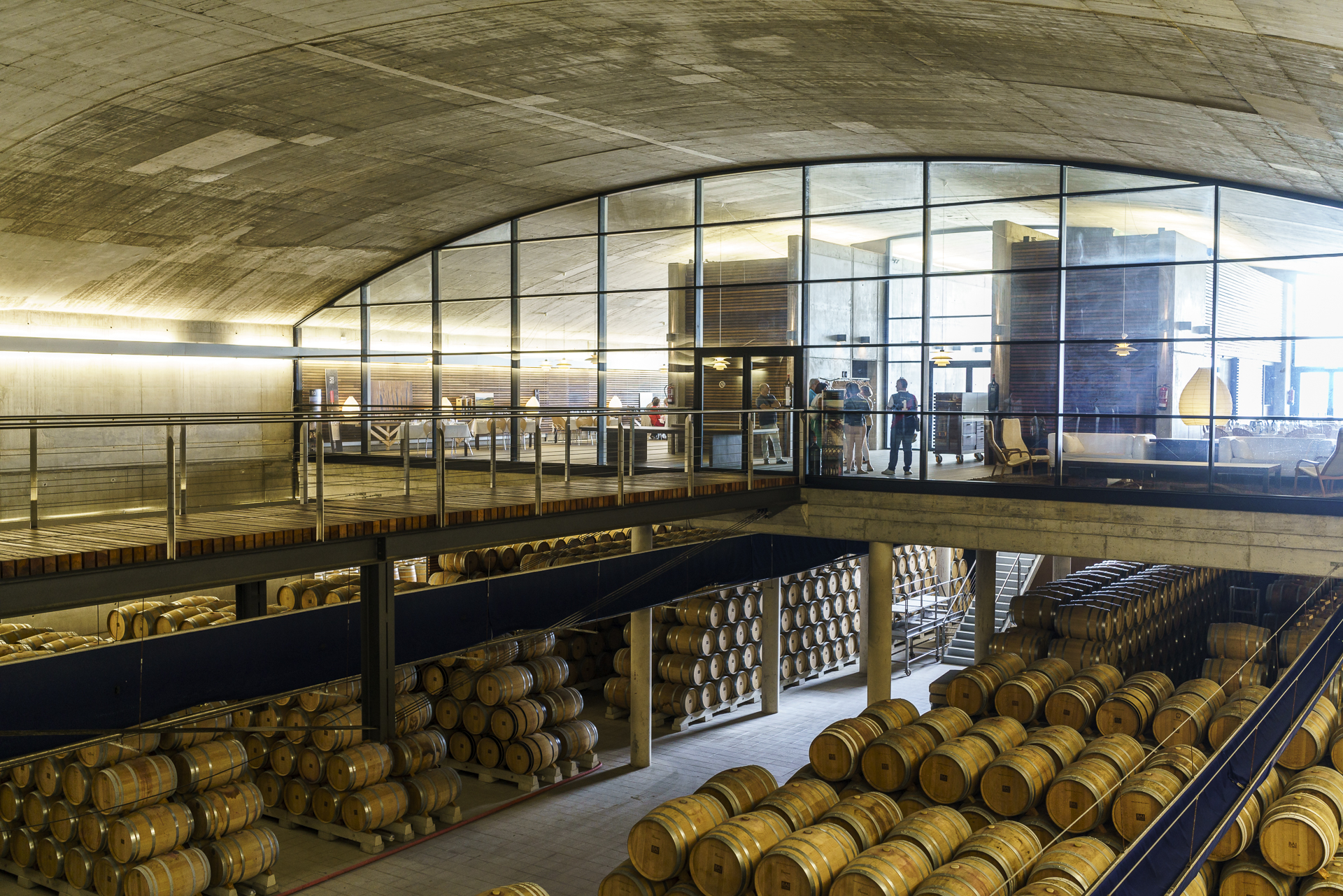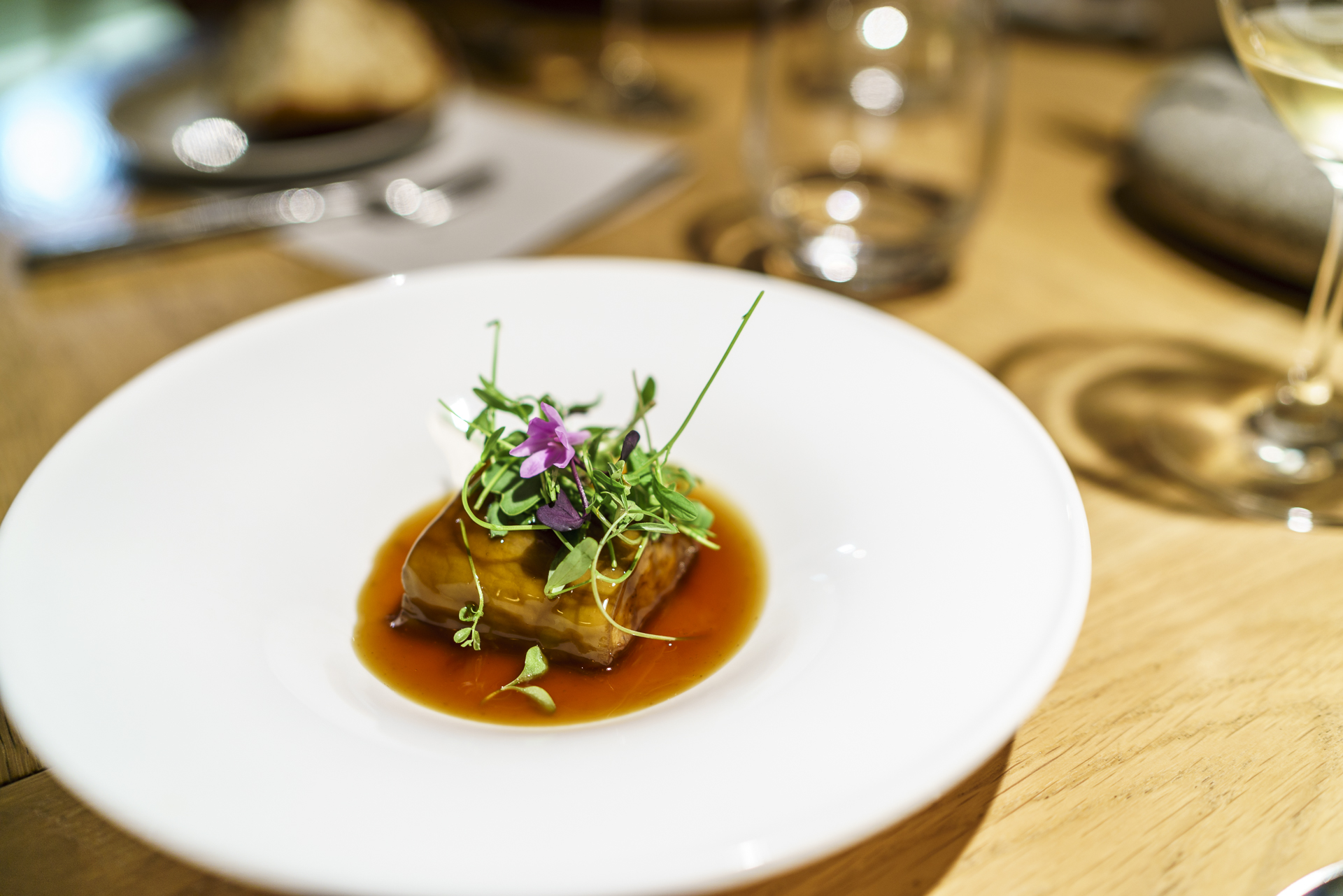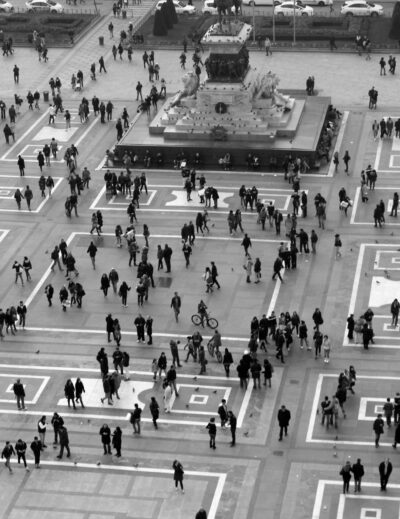
Bilbao Effect – Architecture tour through the Basque Country
It’s been 20 years since a building was able to steer the history of a city in completely new, unexpected directions. No other city has achieved such a reverberating turnaround through the targeted enhancement of spectacular buildings as Bilbao did in 1997 with the opening of the Guggenheim Museum. Some people tried to copy the magic of the Bilbao effect – the original is and remains a fascinating example of a successful urban transformation. But Bilbao is also a worthwhile city break destination in other ways: accessible by direct flight from Zurich, full of architectural and cultural surprises and a real delight for gourmets.
Kaixo! Welcome to Bilbao
What is the essence of the Bilbao effect? We explored this question on our office trip in mid-July. In the meantime, numerous cities tried to cut off a slice of Bilbao’s success with imposing buildings and star architects. But – in contrast to the copies – the Bilbao effect encompasses much more than just the involvement of a prominent architect, as Bernd Nitsch of Guiding Architects explains to us. To get an overview of the largest city in the Basque Country, we first head for the Funicular de Artxanda. On the way there, we pass the white bridge “Zubizuri” designed by Santiago Calatrava, which was opened in the same year as the Guggenheim Museum. After a short ride on the funicular, we reach the viewing platform of Bilbao’s city mountain and let our gaze wander over the rooftops. Here and there a striking building – but otherwise a very homogeneous story. Unfortunately, on this day, the wind pushes the hazy air from the sea towards the hinterland and impairs our panoramic view. “On nice days, you can see all the way to the sea,” Bernd assures us. Later we stroll through the alleys of «Casco Viejo». The pretty old town centre of Bilbao is tiny compared to the city area, but no less worth seeing.
Behind the Guggenheim
The real catalyst for the urban reorganization was not the Guggenheim Museum, but the devastating floods of 1983. Up to three meters deep, some alleys near the river were under water. At the time, Bilbao was considered a dirty industrial city. But with a clever land policy and successful public-private partnership models, Bilbao recreated itself bit by bit. This was not only due to Frank O. Gehry with his slightly crazy-looking museum building, but also to Norman Foster, whose subway became a showpiece among transport planners, and Philippe Starck, who transformed a former wine trading centre into a city meeting place. All this can be seen on a walk through the wide boulevards of the “Ensanche”. “Much more than the Guggenheim” Bernd promised us, and we quickly understand that the Guggenheim is really just the tip of the iceberg.
For bridge builders
In the last thirty years, the city has undergone a major upgrade due to rigorous cleaning measures. Today, the promenades to the left and right of the Nervion (formerly a stinking juggernaut) are popular running routes that stretch all the way to the mouth of the sea. A contemporary witness from industrialisation has been preserved in the harbour district. Inaugurated in 1893, the Puente de Portugalete with its suspension bridge is now seamlessly integrated into the local transport network and classified as a UNESCO World Heritage Site. If you are not afraid of lofty heights, I recommend a lift ride up to the bridge beam. The steel structure is not only used for the daily transport of people and vehicles across the estuary, but also offers great views over the port area of Bilbao.
Off to La Rioja
There’s so much to do around Bilbao that it’s a shame to limit yourself to just the city on a city break. Many combine Bilbao with the European City of Culture 2016 San Sebastián. We, on the other hand, opt for a day trip to La Rioja including a short stop in Vitoria-Gasteiz, the capital of the Basque Country. We visited three different bodegas that have made a name for themselves not only with their wine, but also with the scenic staging of their wineries (or rather, I can’t understand that with the wine, because I’m not yet on the wavelength with the Rioja). An impressive example are the Bodegas Campo Viejo above Logroño. But I was also incredibly fascinated by Rioja with its wonderfully hilly, green landscape and I would have liked to have had more time for photography. Rent a car, drive towards Logroño and then just let yourself drift.
Bodegas Campo Viejo – Bodegas Juan Alcorta
Bodegas Ysios – Architecture: Santiago Calatrava
Baigorri Winery
Bilbao for foodies
The Basque Country has become a foodie hotspot in recent years with well-known Michelin restaurants. The “pintxos” – the Basque version of tapas are usually very elaborately prepared appetizers that are sold at the counter in pubs and bars – have also contributed to this. Numerous restaurants represent the 0-kilometer philosophy and celebrate regional cuisine. My culinary highlight was dinner in the Michelin-starred restaurant Mina, where we were served a fine tasting menu. The great thing is that the tasting menus start at 66 euros – very wallet-friendly for people like me. As a rule, when I go on city trips, I always spend the most on food.

































Leave a Reply